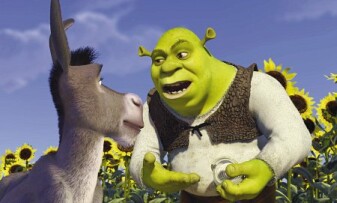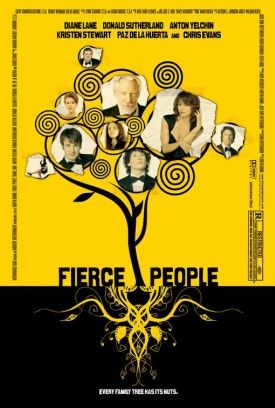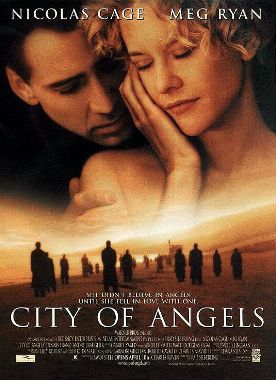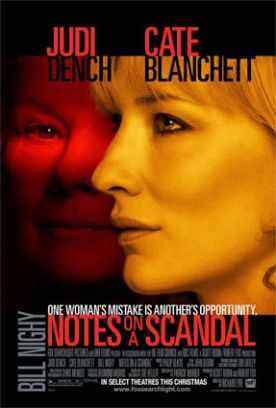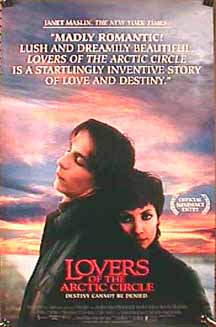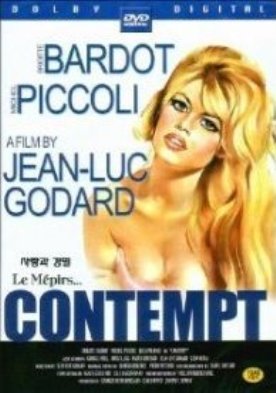Shrek
The animated film Shrek, based on a story by William Steig and
directed by Andrew Adamson and Vicky Jenson, is a deconstruction of the fairy
tale. It is so literally, in the sense that what drives the eponymous ogre out
of his homey swamp and into his parody of a fairy tale quest is an invasion of
fairy tale characters detached from their literary contexts. But it is also a
metaphorical deconstruction, since it inverts fairy tale expectations not only
about ogres but about handsome princes and beautiful princesses and
fire-breathing dragons. Above all, it is a calculated outrage against fairy tale
morality — which, as you may remember, used
to be a somewhat simplified version of grown-up morality and which it replaces with a parable of
self-esteem for the therapeutic culture.
Mike Myers, doing the Scottish accent he used for Fat Bastard in the last
Austin Powers movie or the father in So I Married an Ax-Murderer,
does the voice of Shrek while Eddie Murphy as the inevitable sidekick, a donkey,
also does his stock bit as the unthreatening black man who talks too much and
John Lithgow’s voice makes the prince
into that actor’s stock, sneering
upper-class twit. The post-modern point is best made by people who are
linguistically typed for us and doing what
they’re famous for doing in real life,
though all the famous fairy tale elements have to be
changed—even to the point of making
Robin Hood (voice of Vincent Cassell) French, of all things. So that real life
becomes predictable and reassuring while the fairy tale is a land of darkness
and surprises. Welcome to the new world, as the hero of the shaken-up and
post-modern-crazy Knight’s Tale says to his fallen adversary.
The story has Shrek and sidekick go off to rescue the beautiful Princess
Fiona (voice of Cameron Diaz) from the dragon at the
prince’s behest, but the prince is
nasty, brutish and short, the dragon just another in the
film’s seemingly endless stock of
lovable grotesques who rather alarmingly fancies the donkey while the Princess
turns out to be not so beautiful after all. In fact, she is under an enchantment
that transforms her beauty and makes her an ogre by night until she shall
experience love’s first kiss and so
permanently assume true love’s form.
It can hardly be considered to be giving anything away to report that
nocturnal-ogrish rather than diurnal-conventional turns out to be true
love’s form for this particular
princess.
The message is that letting it all hang out in ogrish fashion is OK, like
ugliness (though, oddly, not shortness, even though this is even less in the
control of those who suffer from it). So, naturally, are bad manners and farting
and filthiness generally. “She’s as
nasty as you are!” says the donkey,
full of wonder and admiration, when Shrek and the princess get into a farting
contest. Beauty is reduced to the level of grossness just because grossness is
more authentic than beauty. It is also more compassionate not to be beautiful
and show up the ugly. In other words, both the princess and the ogre need to
learn to like themselves as they
are — just like the millions of children
who will doubtless come to the movie straight from their self-esteem class in
school.
What else should we expect? When the romance of psychic well-being meets the
old fashioned romance of sexual love, guess which one wins out? The new-style
fairy tale celebrates the ability of both lovers not to love each other so much
as themselves. The transformation of the princess from beautiful young woman to
an ogre-like creature herself is a kind of symbolic representation of this
superior romance. Like most of us she has her more and less attractive sides,
but she must learn to treasure the less-attractive as that true self which,
presumably, marriage to an ogre will allow her to be. Well,
you’ve got to admit that all that
fairy tale stuff about beauty (in princesses) and masterfulness (in princes) is
not only embarrassingly reactionary, leading to gender stereotyping and the
perpetuation of female subordination, but also highly suspect from the
therapeutic point of view.
But when Shrek attempts to justify his choice to be emotionally and socially
withdrawn on the grounds that people
“judge me before they even know
me” he not only establishes his own
victimhood and therefore his
character’s authenticity, he also
attacks the technique of the old- fashioned fairy tale, which could be judged
before it was known. That was just what we loved about it: that we knew as soon
as we heard “Once upon a
time” that it would celebrate beauty
and virtue and love and striving and prevailing against difficulties greater
than a deficiency of self-esteem. I wonder if anyone will ever come to love the
Shrek-style of anti-fairy tale as much?
Discover more from James Bowman
Subscribe to get the latest posts to your email.

